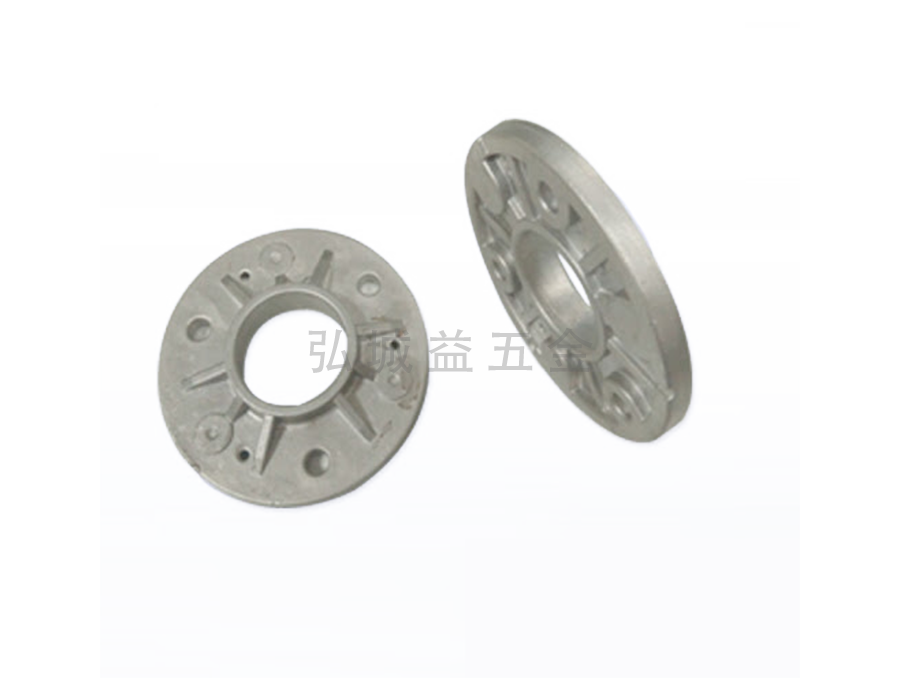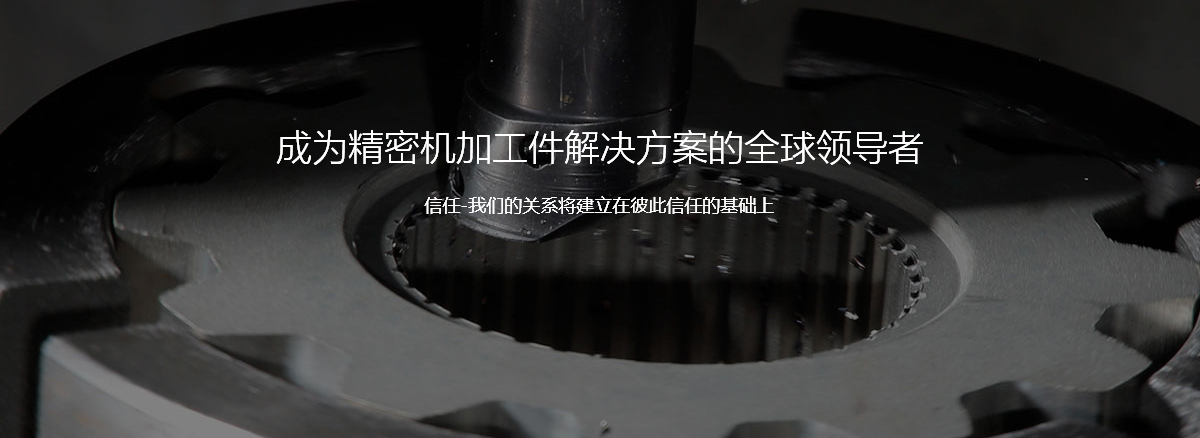(1) Fine processing method
According to the mechanism and characteristics of machining methods, fine machining can be divided into four categories: tool cutting machining, abrasive machining, special machining, and composite machining. With the development of processing skills, many new processing mechanisms have emerged. Therefore, in the processing of fine parts, especially in fine machining, they are divided into three categories based on the forming mechanism and characteristics of the parts: removal processing, combination processing, and deformation processing. Removal processing is also known as separation processing. It is a method of using force, thermoelectric light, and other processing methods to remove some data from a workpiece, such as cutting, grinding, and electrical machining. Combined processing is the use of physical and chemical methods to inject deposition into the appearance of the workpiece, melting a layer of different data, such as electroplating, vapor deposition, oxidation, carburization, bonding, fusion, etc. Deformation processing is the use of techniques such as force, heat, and molecular motion to deform a workpiece, changing its size, shape, and performance, such as casting, forging, etc. It can be seen that the processing concept breaks away from traditional removal processing methods and has characteristics such as accumulation, growth, and deformation. It emphasizes appearance treatment and forms appearance processing skills.

(2) Technological and Technological Advantages of Fine Mechanical Processing
Compared with the roomless process, the main advantages of the dense cutting mechanical machining cutting process are high data cutting rate and outstanding economy. Compared with laser plasma processing, CNC machining technology can achieve higher data cutting rates as long as it provides a large amount of energy. On the other hand, there are still issues with whether the processed workpiece can meet the requirements of scale and shape accuracy. Chip free pressure processing is mainly used for large-scale production. In order to obtain a qualified workpiece shape, post cutting processing is often required. Therefore, the main advantage of mechanical processing is that it can achieve higher accuracy of the workpiece. CNC machining is widely used, especially with the development trend of small-scale production, the requirements for the shape and scale accuracy of workpieces are becoming increasingly high, opening up new and more extensive fields for precision machining. The use of a lathe naturally requires various turning processes, but it should also be noted that the machining processes of drilling, iron cutting, magic cutting, and cutting steps can be concentrated on the lathe, which is currently the composite machine tool processing method in the field of turning and milling processing.


